Now extinct, the Bullenbeisser was a dog native to Germany and the European Low Countries of Belgium, the Netherlands, and Luxembourg.
It belonged to a group of dogs known as Molossers, whose descendants still exist today. The Bullenbeisser also played a key role in developing the popular Boxer breed, with whom it shares many characteristics.
Also included in this genetic group are French Bulldogs, American Bulldogs, English Bulldogs, Bull Terriers, Bull Mastiffs, American Pitbulls, and many others. Together these dogs are often referred to as Bully Breeds, and the Bullenbeisser is one of their ancestors.
Bullies are among the most common dogs around, and this has been true for hundreds of years. Molosser-type dogs were the main canine fixture of the streets of Ancient Greece, and their descendants, the Mastiffs, spread throughout Europe. This group of dogs is well known for their athleticism and strength.
The Bullenbeisser, which was also called the German Bulldog, the Barenbeiszer, the Bullenbijter, and the German Mastiff, was originally a type of Mastiff introduced into the German-speaking areas of France, Italy, England during the Late Roman and Medieval periods.
The original German Mastiff would take two breeding paths. On the one hand, though it is unknown when, the German Mastiff was crossed with some form of sighthound hound dog, maybe the Irish Wolfhound from the British Isles. The dog that resulted was the Great Dane or Boar Hound.
The German Mastiff’s that were not crossed with Sighthounds, on the other hand, became smaller and more athletic. They continued to be used in hunting and frequently worked as farm dogs or sport dogs in competitions known as bear-baiting and bull-baiting.
It was through this genetic line that Bullenbeisser was born. In fact, its name refers to its use in bull-baiting. Bullenbeiser means ‘Bull Biter.”
Members of the upper and lower classes throughout the Holy Roman Empire frequently kept kennels of Bullenbeissers. The members of the ruling classes kept them for combat and hunting, while farmers and butchers kept them for catching and controlling livestock.
As a result of their ubiquity, several localized varieties of Bullenbeisser, including the Brabanter, were developed.
Throughout its history, the Bullenbeisser became smaller. Upper-class populations shrunk considerably throughout the 16th and 17th centuries. This meant that fewer and fewer were kept as hunting breeds, leaving the lower classes as the primary owners. They could not afford to feed massive dogs, and this fact, combined with increasing urbanization, led to their shrinking in size.
Increasing urbanization also led to an increase in crime, and the people began keeping Bullenbeisser as guard dogs. The smaller Brabanter variety was used for these purposes, and they gradually replaced other types of Bullenbeisser.
By the end of the 19th century, Brabanters were crossbred so often that few true Bullenbeissers remained. The breed finally became extinct in the early 20th century.
TABLE OF CONTENTS
Appearance
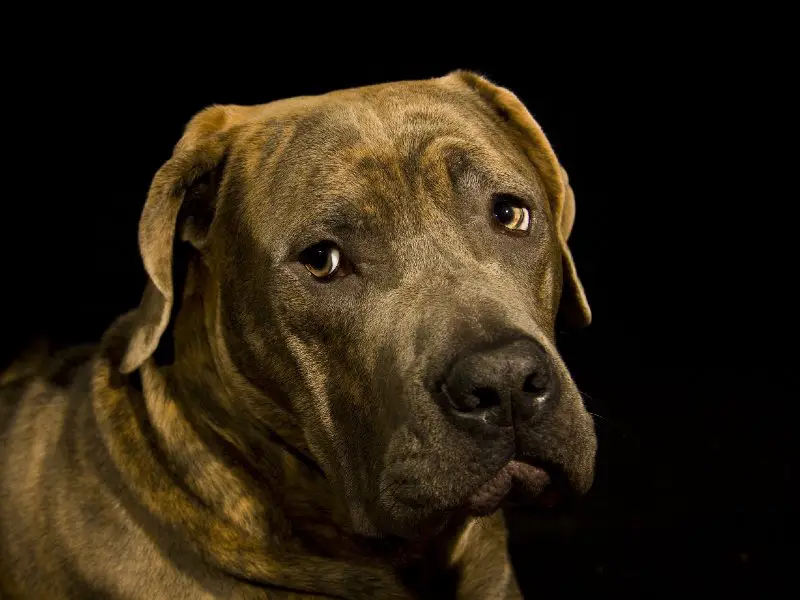 You only have to look at the Bullenbeisser to see their influence on modern Bully Breeds.
You only have to look at the Bullenbeisser to see their influence on modern Bully Breeds.
They were lean, muscular dogs with short, close-fitted coats. Molosser breeds all share very similar characteristics, and the Bullenbeisser was no different.
Large in stature, wide in chests, with muscular legs, the Bullenbeisser had a wide, athletic stance similar to the modern Boxer.
They had brachycephalic (pushed in) faces on large boxy heads with a wide smile. Their ears hung high on their faces and were short and wobbly. Their coat colors changed throughout their history as breeders introduced other Bully breeds into their bloodline. Its colors ranged from brindle and tan to black and fawn.
As we saw, Bullenbeissers came in various local variants that ranged from medium to large sizes. Their height ranged from 15 to 28 inches tall, and they could weigh between 40 and 100 pounds.
The Brabanter variety of Bullenbeisser was much smaller than its relatives. As time went on, this variety became more prominent, and their size became more diminished.
Before being crossed with English Bulldogs, the Bullenbeisser was exclusively a brindle or fawn color, sometimes with black markings. But the introduction of the English Bulldog to their bloodline introduced a white coat to the Bullenbeisser.
Bullenbeisser Personality and Temperament
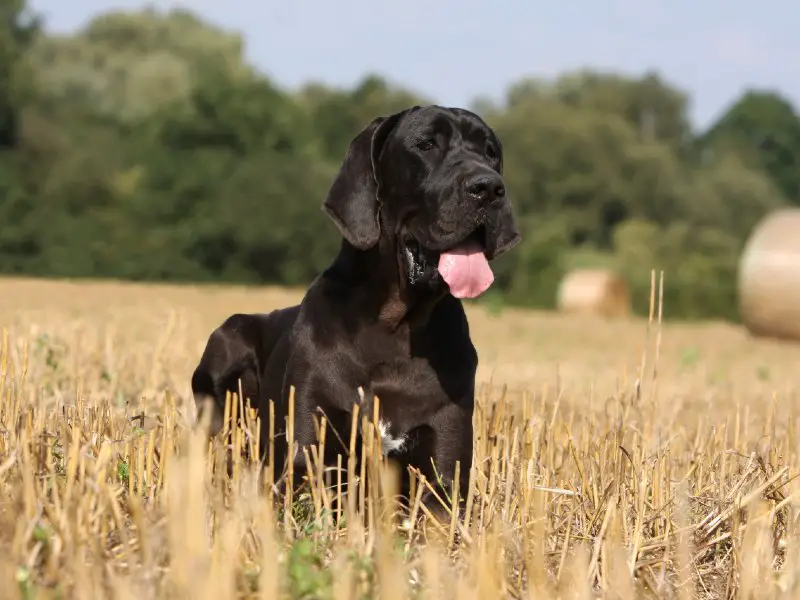
Known for their excellent hunting skills and their loyalty to their master, this breed was a highly desirable one during their day, just like other Bullies and Mastiffs are today.
Throughout Western Europe, Bullenbeissers were frequently used as property guardians or beasts of war. Many of these dogs spent their lives tied to a chain outside. They became immensely powerful and large dogs with strong protective instincts. Over time, however, they became unathletic and lazy.
But in Germany, the Bullenbeisser came to be used for hunting. Because of their power and size, they were the only dogs available who had the ability to hunt boars, bears, and wolves. These animals were among the most dangerous prey in Europe and threatened many farmers’ livestock and, therefore, their livelihood. It was the Bullenbeissers job to help ward them off.
These German farmers also found that these dogs were excellent at catching bulls and pigs that had escaped the farm. They would hold them in place until a farmer would come and retrieve the escaped animal.
These tasks were much more physically demanding than those of other European Mastiffs who spent much of their time tied to a chain. As a result, the German Mastiffs became much less bulky and more athletic, energetic, and driven, traits that are well known in other breeds of this kind today.
These were not dogs to be trifled with. Powerful, intelligent, and highly dominant, the Bullenbeisser was very loyal to their master and his territory. This is why they were ideal for use as guard dogs.
Their excellent hunting abilities show us that they would have been eager to please their owners, attentively listening to his commands and following his orders, which they would have taken great pride in carrying out.
When called for, these dogs could be highly aggressive, enough to grapple the boars, bears, and bulls they were trained to catch and takedown. And not merely takedown, but keep down till their owners could get there and decide what to do.
Was The Bullenbeisser a Good Family Dog?
At the time, the Bullenbeisser was a working dog bred for hunting and blood sports. By the early 20th century, the breed had changed considerably into a suitable companion dog for the entire family: the Boxer.
Boxers are, of course, well known for their gentle and patient nature with kids. They are a popular family breed that is known for remaining puppy-like well into adulthood. They never seem to tire of bouncing around and playing.
The characteristics of the Bullenbeisser would have also made them ideal family pets. They were clean, faithful, tractable, and playful with their families but alert, brave, wary, and distrustful when aroused by strangers and threats. They were terrific protectors of households and farms alike.
How to Train a Bullenbeisser
Bullenbeissers were known for their trustworthiness and intelligence. Like Boxers, they would have been naturally suspicious of strangers, and their agility, alertness, and strength made them formidable and natural guard dogs.
The Bullenbeisser was renowned for their faithfulness to their masters and his property. They would have been trained to be harmless to the families that kept them but distrustful of strangers, animal and human alike.
There is little information about the training of Bullenbeissers, but we can take some clues from modern breeds that are similar. The Boxer, for example, begins training very early. They love to play and are incredibly social, needing regular socialization to maintain good behavior.
Most importantly, establishing the owner as the alpha dog would have been a must. As with the Boxer, the owner must take on the role of a strong master that is strict and dominant when setting the rules. They would have adhered to the most rigorous regimens until the dog understood what was acceptable and what wasn’t.
Caring for a Bullenbeisser
Although we know a good deal about this breed, many specific details are missing from the historical record. These dogs were likely very similar to their modern Bully counterparts, which means that we can make some generalized assumptions about this breed’s requirements and needs.
Exercise Requirements
Long and challenging workdays built these muscular dogs into a resilient, energetic breed. They would have had a considerable amount of stamina and would have required and certainly received a great deal of exercise. Modern variants, such as the Boxer, require more than two hours of exercise per day.
Bullenbeissers would have spent much of their day working with their master around the farm. This would have included protecting and surveilling its periphery for threats to livestock. They would have had ample opportunity to get their exercise fix under these conditions.
Smaller varieties of Bullenbeissers, for example, the Brebanter, which lived more in the cities, would have needed less exercise than their rural counterparts.
Grooming and Shedding
The Bullenbeisser was likely easy to groom. They had a short coat that hardly shed and was easy to keep clean. Unlike some more modern Bullies, the Bullenbeisser did not have the same deep wrinkles on their face and body that would require frequent cleaning.
Remember, these were working dogs who either lived on farms, were out on the hunt, or engaged in bloodsport. They had to take care of themselves and their grooming requirements.
Their grooming habits likely mirror those of boxers, which often get compared to cats’ grooming techniques. They are clean dogs that are excellent at keeping themselves groomed and don’t require regular bathing.
Feeding and Diet
The Bullenbeisser likely had a healthy appetite. Its large muscles and demanding life would have meant that they needed quite a bit of fuel to keep them going.
Another clue about their large appetite can be glimpsed from the fact that this breed progressively became smaller and smaller throughout its history.
We learned above that the upper-class members of society stopped keeping them in such large quantities and that the lower classes could not afford to feed dogs of that size. This led to the Bullenbeisser’s progressive decline in size as the species adapted to a life with less food.
Known Health Problems
The Bullenbeisser had muscular but thin legs, and they likely experienced knee and hip issues such as hip dysplasia. They also would have probably had similar health issues to other Bully breeds, such as being prone to bloat and intestinal problems.
Other potential health problems include the following:
- Degenerative myelopathy
- Epilepsy
- Hypothyroidism
- ‘Boxer’ cardiomyopathy
- Cancers
- Aortic stenosis
Buyer’s Guide
| Pros | Cons |
| Intelligent, tractable, and cheerful | Extinct |
| Faithful and loyal | |
| Protective and alert | |
| Clean and low maintenance |
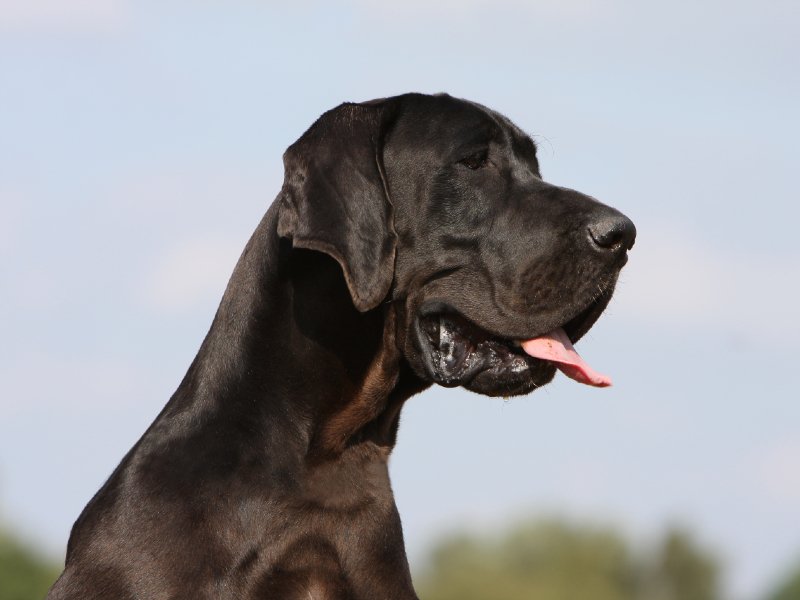
Unfortunately, this breed is extinct. However, its close relative, the Boxer, is one of the most popular breeds of dog available.
Depending on where you are purchasing them from, and their pedigree, a Boxer pup from a reputable breeder can cost between $500 and $2500. On the other hand, you can obtain a Boxer from a shelter for as little as $50 to $200 on average.
How much a Bullenbeisser would have cost during its heyday is unknown, but their popularity among all classes leads us to think that they were inexpensive breeds.
Quick Breed Summary Table
| Breed Characteristics | |
| Size: | 20-30 inches |
| Weight: | 50-100 pounds or more |
| Lifespan: | 10-14 years |
| Coat: | Short, tight-fitting coat |
| Color: | Apricot, fawn, black, brown, white, brindle |
| Do They Shed: | Yes, but not excessively |
| Temperament: | Loyal, protective, faithful, energetic |
| Intelligence: | Very intelligent and alert |
| Socialization: | Unknown |
| Destructive Behavior: | Aggressive with strangers, behavior problems if not exercised |
| People Skills: | Loyal to their families, wary of strangers |
| Good with Children: | As long as they belong to the master’s household |
| Activity Levels: | High energy work dogs |
Summary
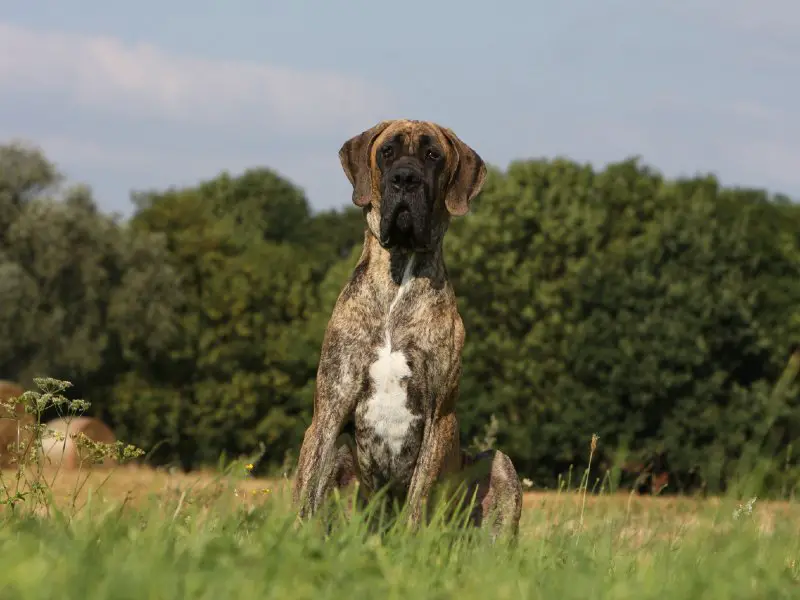
Faithful and powerful, the Bullenbeisser is a breed that gives us a window into the history of how different breeds evolve and change over time.
A popular breed during the eighteenth and nineteenth centuries, the Bullenbeisser’s origins take us back to the early middle ages, and before that, to the Molassars of Ancient Greece.
The lovable, easy-going, proud, and stoic Boxer is a living reminder of the Bullenbeisser breed. It is a lesson in adaptation to consider how a dog originally bred to catch and fight boars, bears, and bulls transformed into a family-friendly pooch.
The Bullenbeisser was incredibly popular during the eighteenth and nineteenth centuries due to its excellent stamina, loyalty, and guard dog abilities. Farmers used them to protect their livestock, aristocrats used them for hunting game, and they were a dog of choice for blood sports until blood sports were made illegal in the mid-1800s.
As these blood sports became banned in the mid-1800s, many breeders began crossing the Bullenbeisser with other Bully breeds to temper its aggressiveness. This crossbreeding and the evolving needs of dog owners ultimately lead to the demise of the breed.
Historical circumstances such as the decline of the European nobility and increasing urbanization caused this dog to be bred with many other breeds, eventually leading to its progressive reduction in size, followed by its extinction.
Unlike other breeds that have gone extinct, however, their lineage is still alive and well in today’s Bully breeds, particularly the beloved Boxer.
What is a Bullenbeisser?
The Bullenbeisser was a large, mastiff-like breed used for several purposes throughout its history. Its initial use in boar hunting and bull-baiting, however, is what gives the Bullenbeisser its name. It would have also been capable of taking down many kinds of large games.
A variant of the Bullenbeisser was bred specifically for hunting bears. This bear-hunting breed was given the name Bärenbeisser, ‘Bear-Biter.’ There is disagreement whether or not this was indeed a separate breed or not.
Both Bullenbeisser’s and Bärenbeisser’s were trained to hold on to game for their hunter masters. Leaping up to clamp their jaws around their prey’s faces, they would hold them until they were killed, either by the dog or its master.
Since at least the sixteenth century, likely earlier, the Bullenbeisser had been known in Germany. It was descended from the ancient mastiffs that had existed throughout the time of the Holy Roman Empire.
Although most well known in Germany, these dogs existed throughout Europe. Many regional varieties were bred in different sizes and for various purposes. The most well-known of these variants was the Brabanter, which was a smaller version of the breed. The largest was the Danziger.
The mid and late 1800s saw German breeders begin the process of creating what would come to be known as the Boxer. They did this by crossbreeding the Brabanter variety of Bullenbeisser with Old English Bulldogs.
The Bullenbeisser, in its original form, was largely extinct by the early 1900s due to a mixture of factors. The crossbreeding mentioned above was one of them, and the loss of large game throughout Europe, war, and the development of other breeds of dog also played a role.
There are some reports that the breed was around between World War I and World War II, especially as a guard dog in camps throughout Europe. But certainly, by the end of World War II they no longer existed.

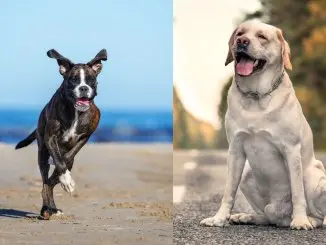
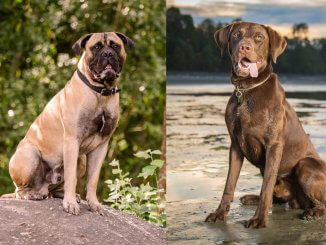
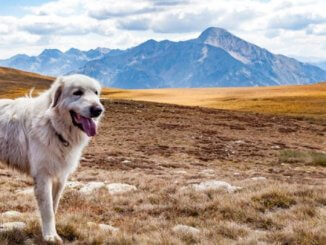
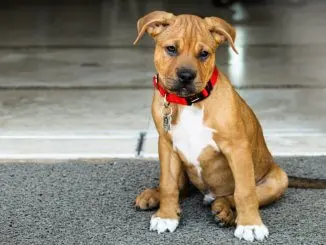
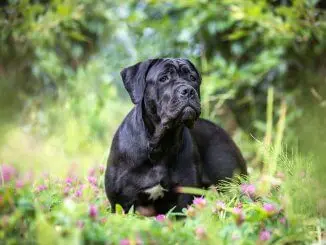
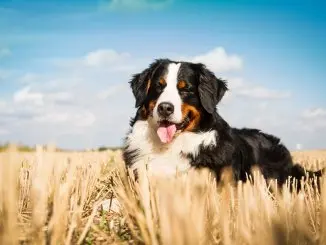

Be the first to comment